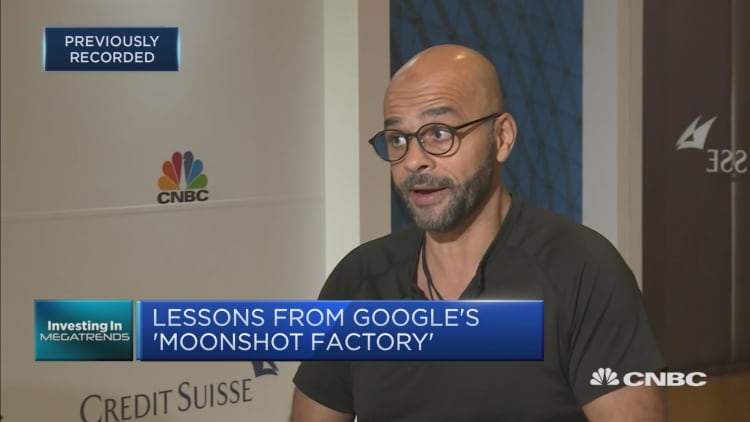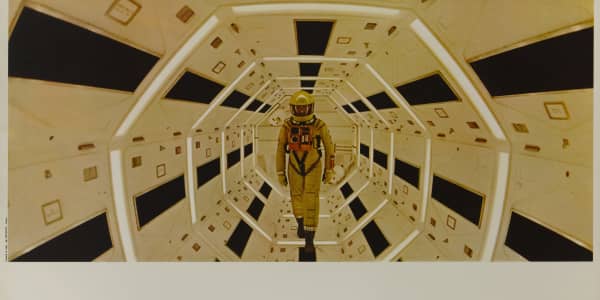
Mo Gawdat, formerly the chief business officer for the Google X "moonshot factory," has moved on from projects such as Waymo and Project Loon to dedicate his time and efforts toward tackling a personal challenge.
Having left Google in February 2018, Gawdat is now embarking on his personal moonshot: Helping a billion people achieve happiness.
Speaking with CNBC's Dan Murphy on Wednesday, Gawdat said it might sound "crazy," but the goal of having a billion happy people is not an unlikely ambition in the modern world.
Attempting to take an engineering and "hyper predictable" approach to happiness, which he claims almost turns the art of happiness into "something similar to fitness," Gawdat launched a book titled "Solve for Happy" in 2017.
"It worked so well that 93 percent of readers started to say 'this is working for me,'" he said.
"I realized that maybe it's this time of my career where I can have a much more profound impact on the world by tackling the biggest problem that I think the modern world is facing today — the problem of unhappiness," Gawdat added.
Gawdat admitted that he wasn't always happy himself.
"Like most people who have success early in their careers, the more you get blessed in life, somehow you start to become unhappier," Gawdat said. "It really puzzled me because the events of my life were amazing in my late-20s and I was miserable."
Deciding to tackle the problem head-on, Gawdat said he was methodical about the problem by taking as many data points as he could of moments where he felt happy and attempted to plot a chart to develop an equation which predicts happiness and unhappiness.
"The equation is much simpler than you think, but it's much more profound than it seems," Gawdat said.
According to Gawdat's equation for happiness: "Your happiness is equal to, or greater than, the difference between the events of your life and your expectation of how life should behave."





